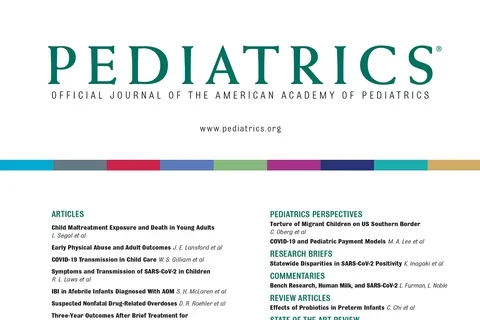Life Course Interventions
What makes an intervention a Life Course Intervention?
In 2022, the Life Course Intervention Research Network (now the Life Course Translational Research Network) identified 12 characteristics of life course interventions.
Video
Characteristics of a Life Course Intervention
Our paper, "What Makes an Intervention a Life Course Intervention?" in Pediatrics describes the 12 characteristics of life course interventions.
29 members of the LCIRN (now LCT-RN) provided input on this below list of characteristics of Life Course Interventions.
Learn more about the process in Pediatrics
Learn more about Life Course Health Development
Life Course Interventions in Action

Life Course Translational Research Network
About the LCT-RNResources
